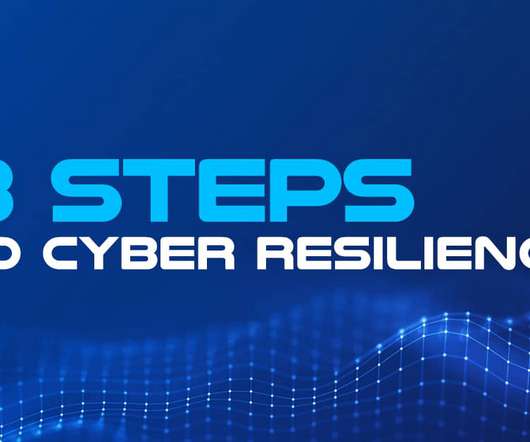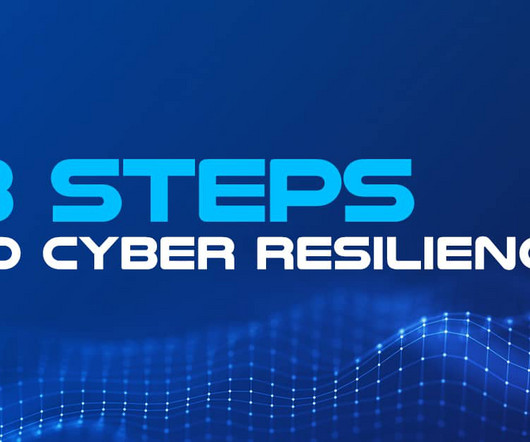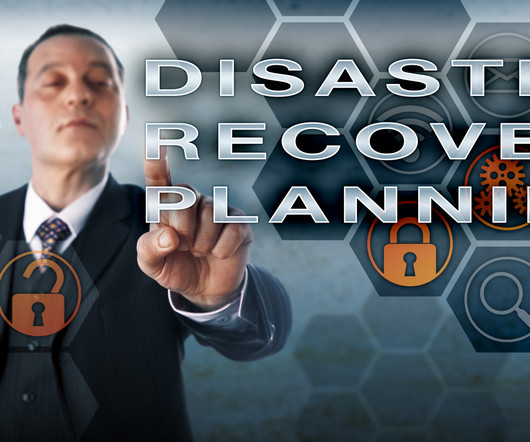Mastering Business Continuity Exercises: Best Practices, Scenarios, and Tools for 2025
BCP Builder
JANUARY 20, 2025
These exercises identify weaknesses in a BCP, enhance employee preparedness, and ensure compliance with industry standards. Mitigating Risks: Exercises help businesses identify and address vulnerabilities before real-world disruptions occur. Regularly update the plan to address new threats and evolving business needs.





















Let's personalize your content